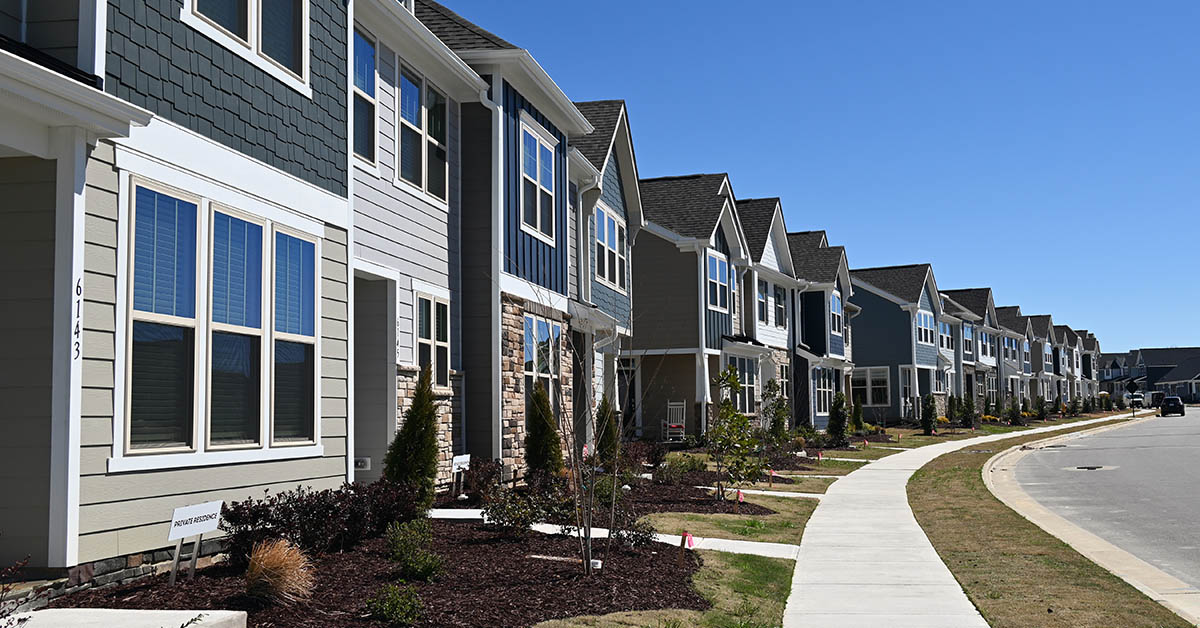Rising Demand, Shrinking Supply, and Multi-Family Real Estate Investing
Written by Chicagoland 1031 Exchange September 12, 2024

Affordable home ownership is under pressure for the average American. While there are many contributing factors, inventory shortages, along with high inflation that led to rapidly increasing interest rates, are chief among them. The country needs more housing units and new multifamily properties are one of the best solutions to provide that housing.
The post-pandemic building boom in 2021 and the increase in millennials and Gen Z’s interest in multifamily living brought newly completed housing units to record highs in 2023 and 2024. These large buildings often have several hundred units and take about three years to complete from permit to certificate of occupancy. However, in the current environment, many developers are unwilling or unable to begin new projects. Banks have reduced the volume of lending due to lower deposits. Additionally, increased interest rates make new construction projects harder to finance.
As a result, new construction “starts” are down about 40% year-over-year, according to Nick Rosenthal, Co-CEO of Griffin Capital, a major U.S. multifamily investment company. This marks the third straight quarterly annualized figure where starts have fallen by a similar amount. According to the Griffin Capital report, there were only 38,000 starts in the second quarter of 2024, which is the lowest figure since 2011. There is little sign of improvement with 12 of the top 50 major housing markets having zero starts in the second quarter of 2024.1
Accounting for this three-year lag between starts and deliveries, Griffin Capital is expecting the supply of new properties coming to market to bottom out in 2025 and into 2026. If this comes to fruition, newly completed properties will be at their lowest level in 10 years.
The forecasted future lack of new supply means the supply-demand imbalance will be even higher than it is already. This long-term view of increasing demand for multi-family, coupled with the expectation of reduced supply coming to market, could be why some institutional investors are leaning into multi-family real estate investments.
For 1031 exchange investors evaluating replacement property, or for accredited investors looking to diversify their portfolio, multifamily investments could potentially be a good choice. We continue to evaluate multi-family investment opportunities for our clients as both DST investments (primarily for 1031 exchange investors) and as funds (for cash investors). To learn more about Chicagoland 1031 Exchange’s take on the current real estate market, talk to one of our advisors today.
1. Email distributed by Nick Rosenthal, Co-CEO of Griffin Capital, August 2024
Topics:
Insights




